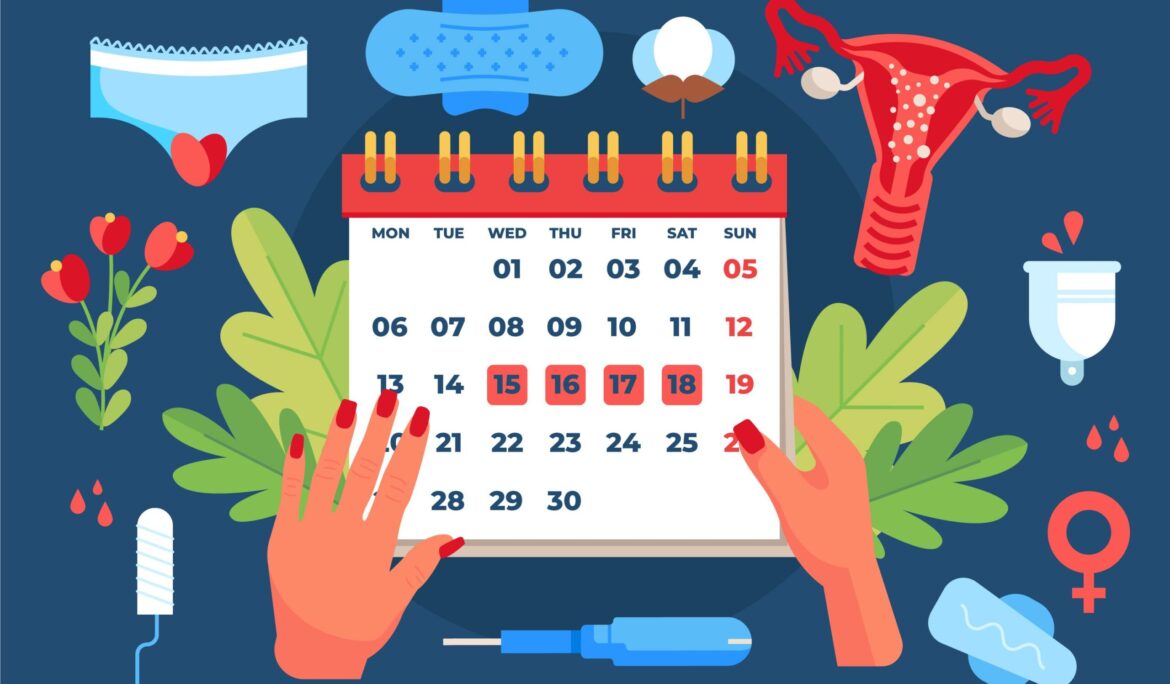How Can Tracking Ovulation Improve Chances of Conception?


| Ovulation Tracking Method | Description |
|---|---|
| Basal Body Temperature (BBT) | Monitoring daily temperature to detect slight rise after ovulation. |
| Ovulation Predictor Kits (OPKs) | Measures luteinizing hormone (LH) surge to predict ovulation. |
| Cervical Mucus Observation | Tracking changes in cervical mucus consistency to identify fertile window. |
| Calendar Method | Estimating ovulation based on regular menstrual cycle patterns. |
| Wearable Devices and Apps | Using technology to track ovulation signs and provide insights on fertility cycles. |
Tracking ovulation is one of the most effective strategies for couples trying to conceive. By identifying the fertile window—when a woman is most likely to ovulate—you can time intercourse to maximize the chances of conception. In this article, we’ll explore various ovulation tracking methods and how understanding your body’s fertility signals can improve your chances of getting pregnant.
Understanding the Ovulation Cycle
Ovulation occurs when a mature egg is released from the ovary and is available to be fertilized. The most fertile period in a woman’s cycle is typically 5 days leading up to ovulation and the day of ovulation itself. This is because sperm can live for up to 5 days in a woman’s reproductive system, but the egg is viable for only 12 to 24 hours after release. Accurately identifying this window through ovulation tracking is key to improving the chances of conception.
Methods for Tracking Ovulation
Several methods are available to track ovulation, each with varying degrees of accuracy. Here are some popular techniques:
- Basal Body Temperature (BBT): A woman’s basal body temperature slightly rises after ovulation due to increased progesterone levels. By charting BBT over several months, you can identify patterns and predict when ovulation occurs.
- Ovulation Predictor Kits (OPKs): OPKs test the level of luteinizing hormone (LH) in urine. A surge in LH usually happens 24-36 hours before ovulation, making OPKs highly effective for predicting the fertile window.
- Cervical Mucus Observation: Changes in cervical mucus provide clues about ovulation. When cervical mucus becomes clear, stretchy, and slippery, it indicates that ovulation is imminent.
- Calendar Method: For women with regular cycles, the calendar method can estimate ovulation by counting the days from the start of their last period. Ovulation typically occurs 14 days before the next period.
- Wearable Devices and Apps: Modern technology, like wearable fertility trackers and smartphone apps, can monitor physiological signs like heart rate, body temperature, and hormone levels to predict ovulation.
Benefits of Ovulation Tracking for Conception
Tracking ovulation provides several key benefits that improve the likelihood of conception:
- Identifies Fertile Window: By tracking ovulation, you can accurately pinpoint the days when conception is most likely to occur, ensuring intercourse happens during this optimal time.
- Avoids Guesswork: Instead of guessing when you’re fertile, ovulation tracking offers a more scientific approach to timing intercourse based on your body’s signals.
- Supports Fertility Treatments: For couples undergoing fertility treatments like intrauterine insemination (IUI), timing procedures according to ovulation increases the chances of success.
- Helps Diagnose Fertility Issues: Regularly tracking ovulation can reveal potential problems, such as anovulation (lack of ovulation) or irregular cycles, which may indicate underlying fertility issues that need medical attention.
How to Maximize Chances of Conception
To improve the chances of conception, it’s essential to use ovulation tracking data strategically:
- Timing Intercourse: Aim to have intercourse 2-3 days before ovulation and on the day of ovulation for the best chance of conception.
- Monitor Multiple Signs: Using a combination of methods (e.g., OPKs and BBT) can give a clearer picture of ovulation, increasing accuracy.
- Maintain a Healthy Lifestyle: Factors such as stress, poor diet, and lack of exercise can affect ovulation. Adopting a healthy lifestyle supports reproductive health and improves the effectiveness of ovulation tracking.
- Consult a Healthcare Professional: If ovulation tracking shows irregularities or you have difficulty conceiving despite tracking ovulation, consult a fertility specialist for further evaluation and guidance.
Conclusion
Tracking ovulation is a powerful tool for improving the chances of conception. By accurately identifying the fertile window and timing intercourse accordingly, couples can significantly enhance their likelihood of becoming pregnant. Whether using basal body temperature, OPKs, or modern fertility tracking devices, understanding your ovulation patterns brings you one step closer to your goal of conceiving.
Contact Us if you need more information about ovulation tracking or have any questions related to fertility. We are here to assist you!



